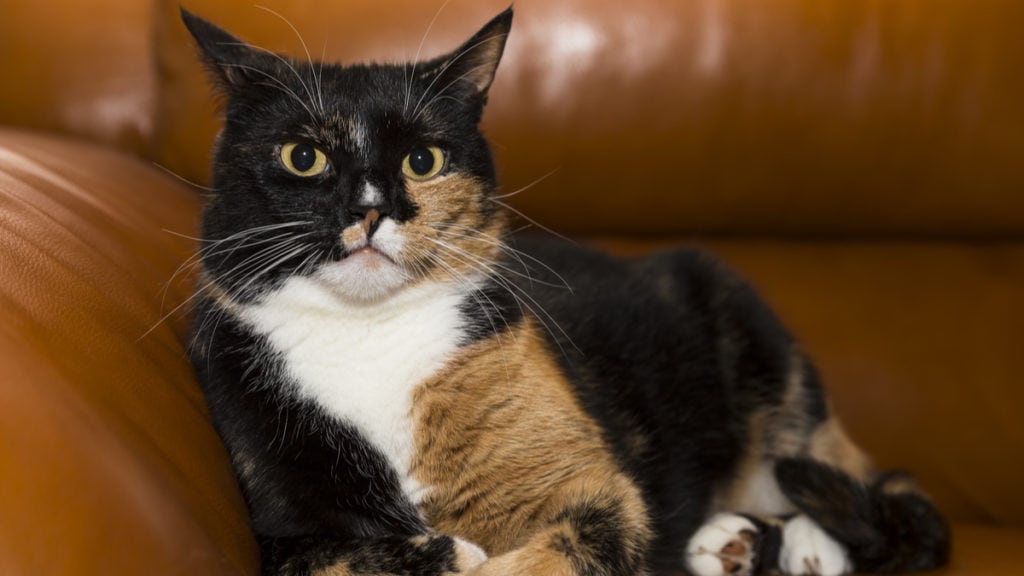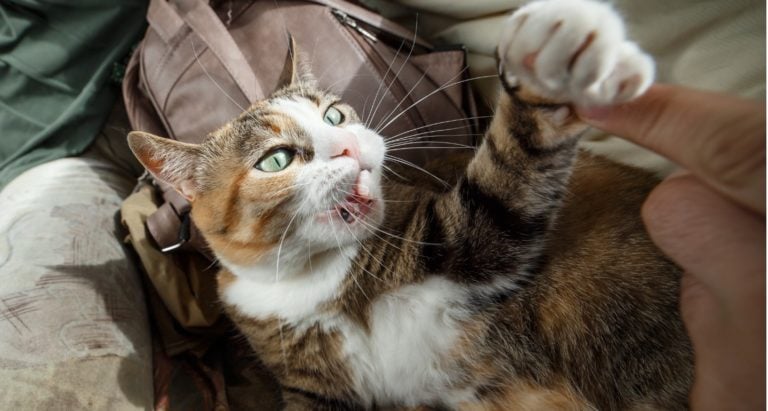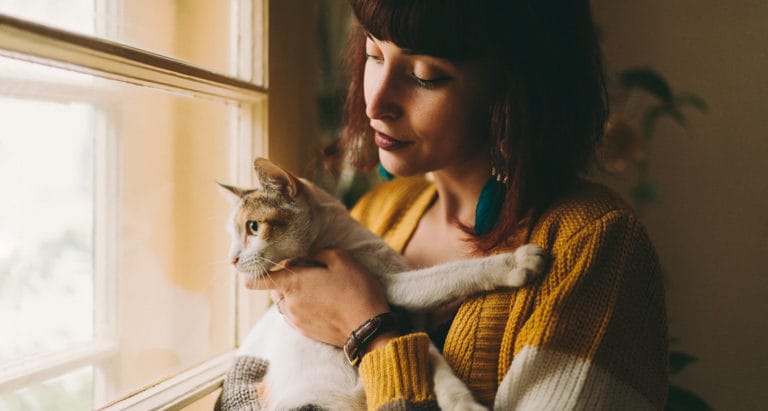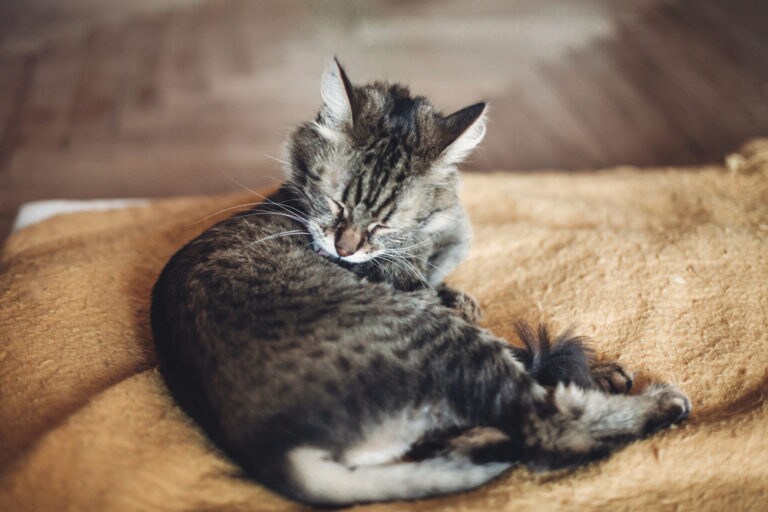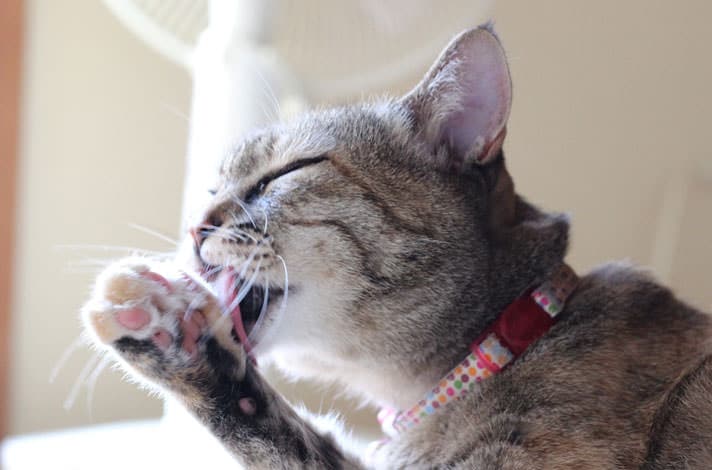Q.
We have four indoor cats and a dog. We can’t resist holding, cuddling and kissing the 10-month-old Ragdoll, Jobey. The problem is that he growls at us and tries to scratch us in the face when we hold him. After a minute or so of holding him, he starts growling. I’m afraid someone in the family is going to get hurt. We have tried claw caps but he pulls them off. We are worried that one of our children will get an eyeball injured from a claw. It takes most of the pleasure out of having a pet if you cannot ever cuddle or give him a kiss.
A.
Who can resist an adorable, fluffy kitten or young cat? Cute and affection-magnets as they are, not all cats and kittens enjoy being cuddled, kissed and hugged. And other cats enjoy only limited amounts of affection from their people. The ways people approach cats also influences how they respond to attention. In their efforts to interact with cats, sometimes children and adults pick up cats and/or handle them against their will. Many cats respond by growling, scratching or biting, others avoid contact with their people.
The best approach for winning a cat’s affections is not insisting he interact with the family. Instead, encourage him to want the contact. Don’t corner, pick up or cuddle a cat against his will. Start at the basics, by greeting your cat in a way that allows him the choice of interacting with you.
With your kitten a few feet away from you or across the room, crouch or sit so you are not high above the kitten. Extend your finger toward your kitten at cat-nose level. Do not approach him. If your kitten chooses to fraternize, he will come up to your finger and touch it with his nose. Then he will turn his head until your finger is on his cheek. This is an invitation for gentle petting and strokes. If your kitten responds well to the attention, put your hands around him as if you are going to lift him up.
At the first sign that your kitten does not want to be held or stroked, stop interacting with him. If he is relaxed while your hands are in position, reward him with a tiny treat he adores. Gradually increase the criteria until you can place him in your lap without holding on to him. While he is standing or sitting in your lap, reinforce him for the behavior with small pieces of cat treats. That way he will start associating laps with positive experiences. After a while, start holding him for a second or two—always reinforcing him when he’s relaxed. At the first sign that he does not want to be held or stroked, either safely place him on the floor or release your hold on him. With time and the cooperation from all of your family members, including the children, your kitten might accept gentle affection.
Every cat has his and her own personality. Some show their feelings toward their people by following them around and sitting near them, others enjoy hugs and cuddles. Even though Jobey might be a cat who prefers minimal handling, he still is adorable, with his own way of showing his affections to his favorite people.
By: Marilyn Krieger, CCBC
Share:
